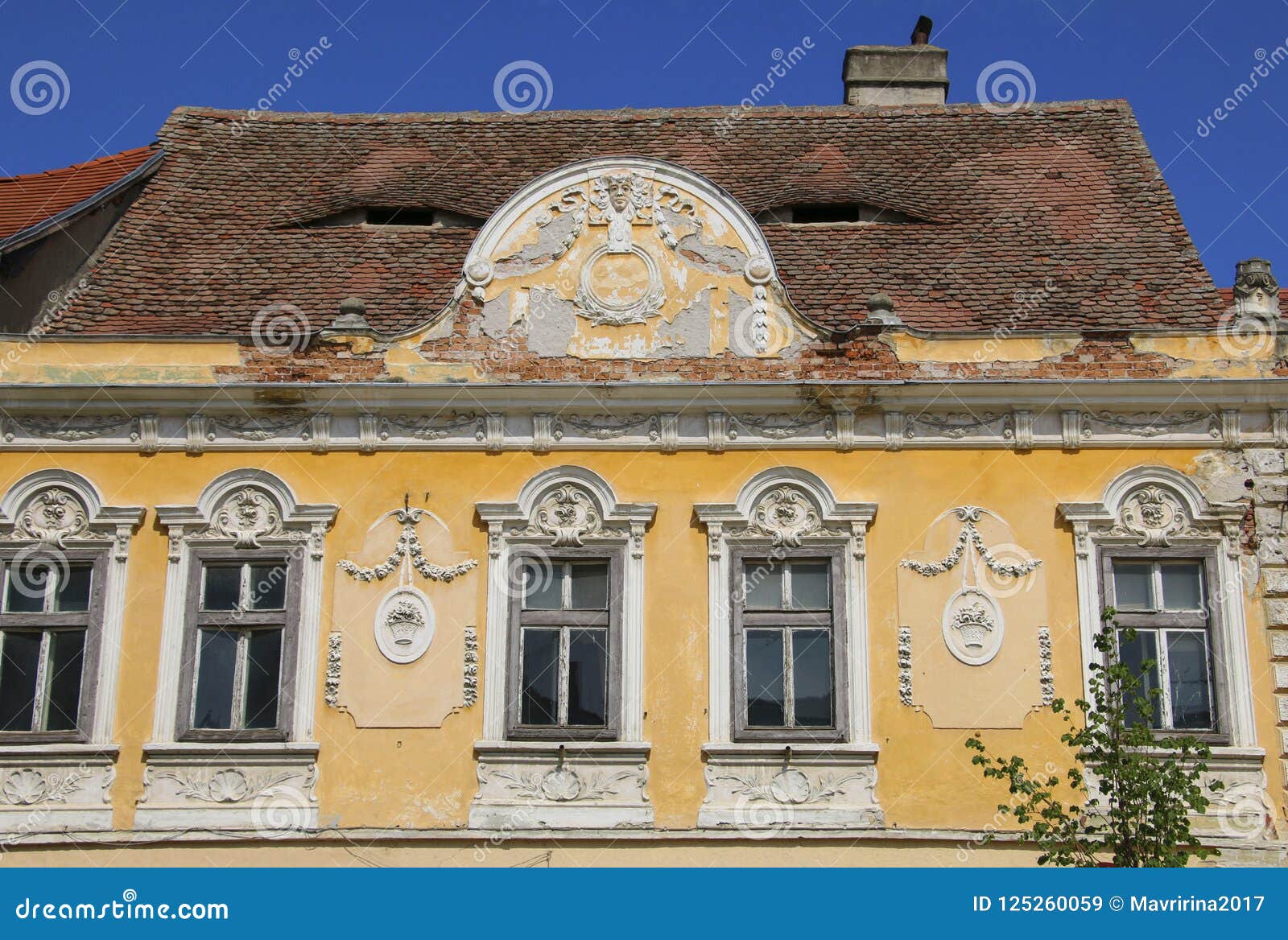

Timber houses replaced the dilapidated stone buildings at Wroxeter Roman City, Shropshire. Raised soon after the collapse of imperial rule in 410, it was presumably built for the commanders of the independent war band which moved in after the garrison left. Much more impressive must have been the 23-metre-long timber hall built within the old granaries at Birdoswald Roman Fort on Hadrian’s Wall. The little rubble-built Anglian Tower, which plugs a gap in York’s Roman walls, is one of the few new stone buildings which may date from this period. Most 5th-century ‘architecture’ was largely a matter of patching up or reusing existing buildings. It seemed incredible that they could be the work of mere men. difcult, as old documents are rarely available. Usually they were constructed of stone or brick, and.
#OLD MEDIEVAL BUILDINGS FREE#
For example, peasants could receive free timber and straw and only have to take care of the actual construction work.An Anglo-Saxon poet marvelling at the ruins of a Roman city (perhaps Bath) called them ‘enta geweorc’ – the ‘work of giants’. Most medieval buildings were founded on shallow founda-tions. The median figure for a finished house (including telling, preparation and cartage) was around £4.īecause new tenants were not easy to find, and landlords didn’t want to let the buildings decay, it was fairly common to share the costs involving in constructing a house or repairing existing structures. Without counting the price of labour, timber for one house could be around 10s. Bristol, England, UK: Abbots Gatehouse, medieval building located next to the Cathedral of Bristol in black and white. Kilchurn Castle reflections in Loch Awe at sunset, Scotland. Guild records from the year 1500 AD show that a small oak tree cost 3d each and great oaks 8d. EDINBURGH, GREAT BRITAIN - SEPTEMBER 10, 2014: This is a view of the multi-storey medieval buildings of the Old City. Some towns, like Stratford-upon- Avon, Lutterworth, and -unsurprisingly!- Woodstock served as outlets for timber from the Forest ofĪrden. It seems that peasants had to obtain timber by buying it on the open market ( Archaeology UK). While some peasants enjoyed the house of ‘housbote’ (which entitled them to take building timber from the lord’s wood), the quantities were rarely enough to complete a house. The scarcity of the timber could add to the cost of building a house in medieval times.
#OLD MEDIEVAL BUILDINGS WINDOWS#
They had chimneys, the roofs were tiled and the windows had glass in them. In the later medieval period, houses could be made of brick, although most were still half-timbered because it was cheaper (some of these still exist today and are commonly referred to as Tudor houses).

The second floor sometimes had a pergola, or a roofed passage with a staircase going down to the courtyard or the street. A lot of medieval living rooms were decorated with wooden panelling. The furniture consisted mostly of a central table with chairs, and benches and chests with cushions. The living room was usually the only heatable room – and sometimes the only one with windows facing the street. This fireplace could normally be accessed from the kitchen, which made it easier to maintain.

There was usually a fireplace in the wall that separated this room from the kitchen. The living room was where most of the indoors activity would take place. A hallway (the bigger the most prestigious).The first floor of a medieval house could have:


 0 kommentar(er)
0 kommentar(er)
